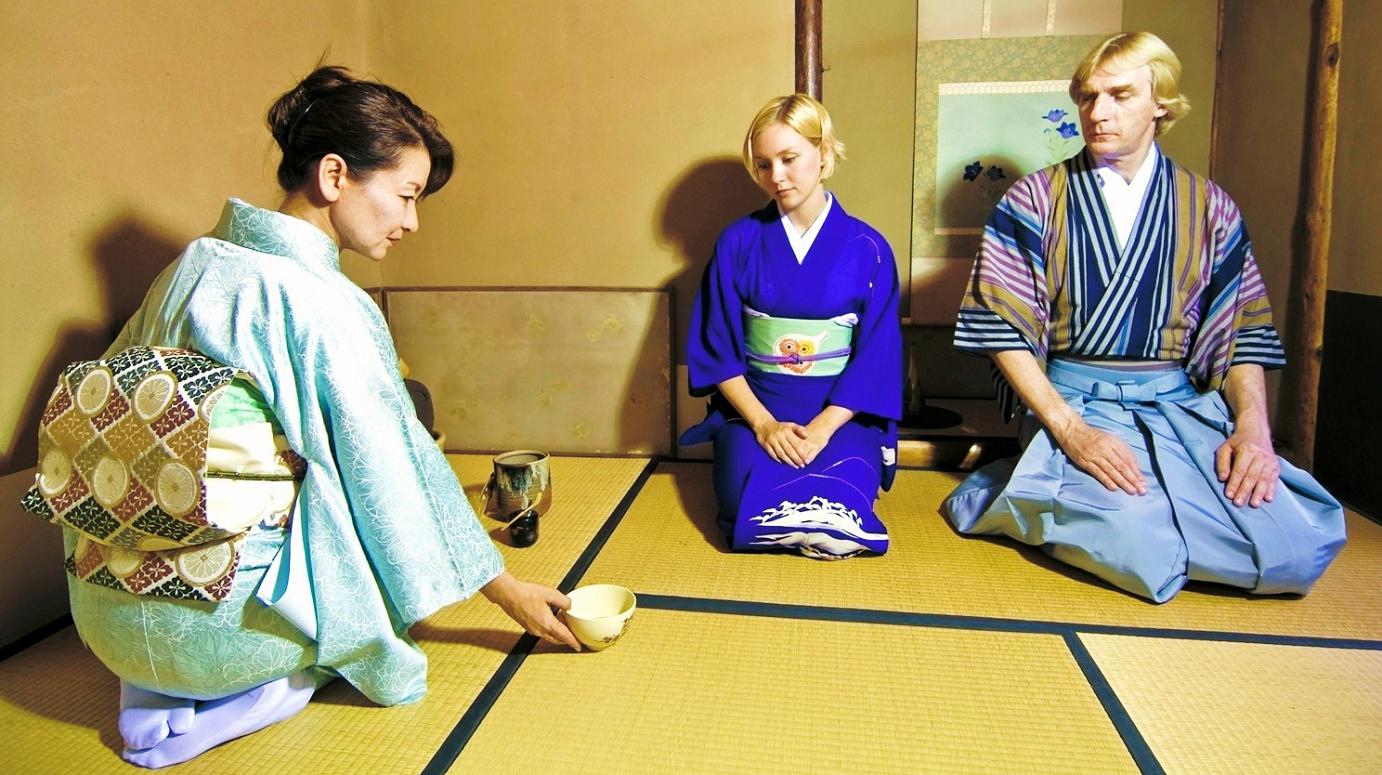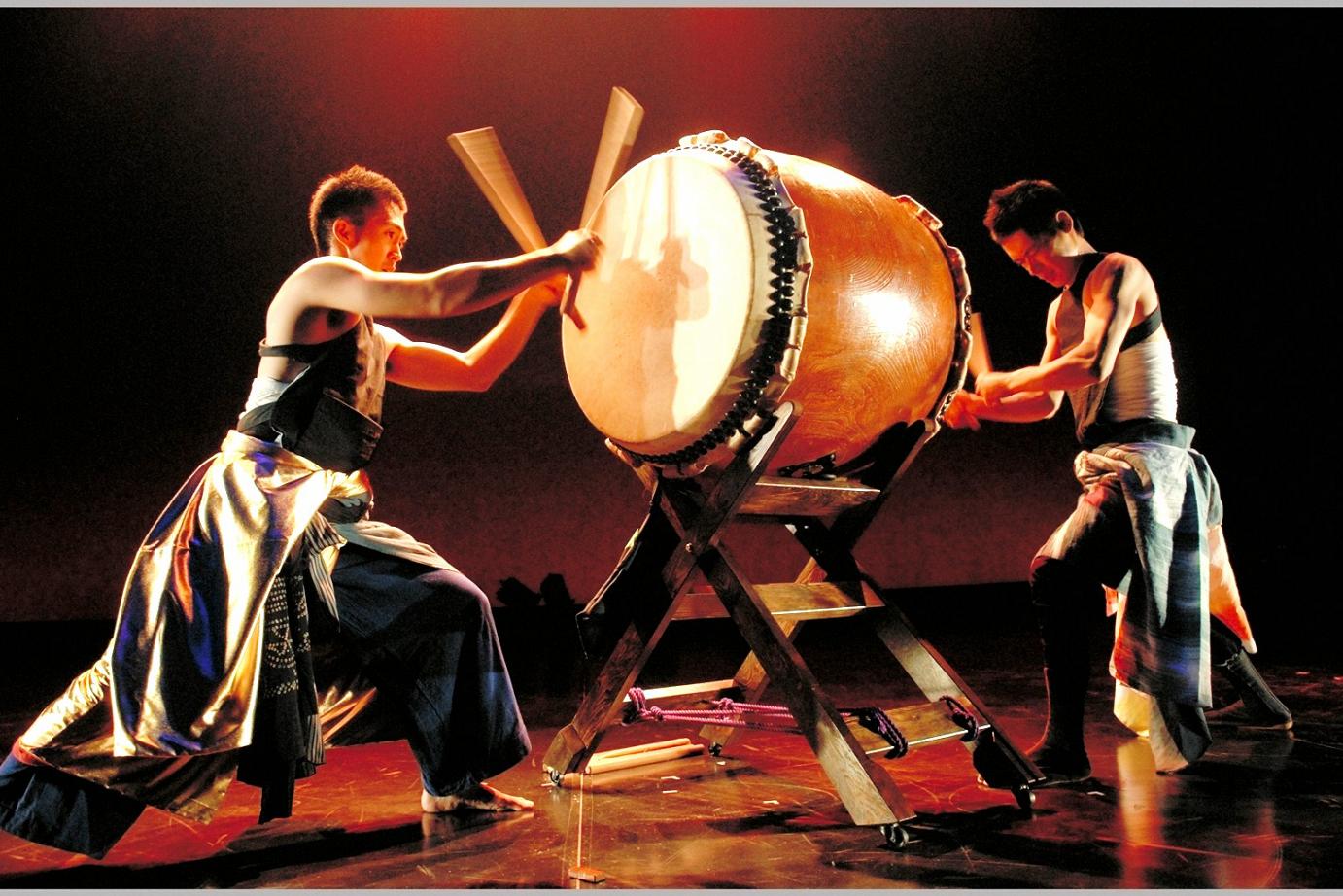“A natural medley of willows and cherry blossoms weave themselves into a brocade, the Heian-kyo” romanticises an ancient verse about Kyoto, Japan’s capital and residence of emperors between 794 and 1868. Wars and raging fires destroyed Kyoto – formerly called “Heian-Kyo”, Capital of Peace – repeatedly over the course of many centuries. Astonishingly, not so during WW II: thanks to its precious historic value, and the presence of mind of acting warlords, the city was spared the fate of being melted into contaminated grounds by a malign nuclear bomb or of being struck by hostile air raids. Other Japanese destinations were less fortunate. A wealth of cultural properties of the past like temples, shrines and other traditional structures was, thus, successfully preserved in Kyoto.
The city’s modern face kept developing continuously, with new leading industries and scientific institutions playing an increasingly reliable part in the carousel of global economies. Kyoto, the country’s seventh largest city, is at present inhabited by a population of 1.4 million. „Kyoto is not the kind of city that is content to remain as it is. Instead, it continues to strive toward change and development, adjusting itself to meet the needs of each new generation. If it cannot succeed in this endeavor, the fire of its exciting 1200 year history would be blown out, making Kyoto just another city of past achievements. Kyoto will never succumb to this, it is and always will be, a living historical city“, is Kyoto’s self-assessment.
A day-trip away from Hiroshima
Something old, something new: Owing to the contrast of contemporary and traditional facilities, a rich culture and easy access from international destinations, Kyoto is ranked second on Japan’s list of cities deemed attractive by players of the meetings industry. Integrated subway, bus and rail networks connect any two points within less than half an hour. Kansai International Airport is only 75 bullet-train minutes away, Tokyo a ride of just over two hours and a day trip to Hiroshima – whose dramatic past leaves no-one untouched – can be accomplished comportably. Signage and announcements in English (and other languages) make travelling a simple task.
Next to the Kyoto International Conference Centre, a variety of meetings venues are available in addition to 17 UNESCO world heritage sites, which are a fine alternative for events beyond the ordinary. Nijo Castle will be opened to delegate groups as of late summer 2014 and then be rentable for gala dinners, receptions and parties via its official local DMC – THE J TEAM. www.thejteam.jp
Nijo Castle – steeped in four hundred years of eventful history
In 1601 Shogun Ieyasu Tokugawa assigned the daimyo (Japanese feudal lords) of Western Japan to begin construction on Nijo Castle, an address soon to be linked to the unusual relationship Tokugawa Ieyasu maintained with his British advisor, William Adams. Adams (1564 – 1620), an ambitious navigator, was believed to be the first Englishman ever to reach Japan. Not much later, he became key consultant of Tokugawa Ieyasu’s, for whom he was to build Japan’s first Western-style ships. Adams died in Japan aged 55, and is considered one of the most influential expatriates on Nippon territory during this period in time. In James Clavell’s novel Shogun, the character of John Blackthorne is said to be based on Adams’s exciting story. The castle has been listed a UNESCO World Heritage site since 1994.
http://www.city.kyoto.jp/bunshi/nijojo/english/nenpyo/index.html

Nijo-jo Castle in Kyoto.
Kyoto Convention Bureau’s international marketing co-ordinator James Widgren comments: “Kyoto is home to more UNESCO World Heritage sites than any other city in the world. We are incredibly lucky that so many of these historic venues are willing to open their doors to the meetings and events industry, allowing business visitors from around the world to enjoy their unique offering. Nijo Castle is a truly unusual space, it will allow organisers to think creatively as they develop events following the Castle’s opening later this year.” http://hellokcb.or.jp

Lends authenticity to international events: the Geiko.
The Geisha factor
As opposed to the rest of Japan, in Kyoto geisha (entertainers) are called geiko (women of the arts). The maiko are young apprentices, aged between 15 and 20 and easiest recognised by their long sashes. Kyoto geiko and maiko are said to originally have served tea and sweets at the shops along the routes to famous shrines, and later performed for the pilgrims. Geiko embody the city’s hospitality and are a Kyoto fixture. They are engaged in promotional activities and receptions at international conferences.

Accommodation in Kyoto
Ryokan – a uniquely Japanese experience
Why not stay at a ryokan, a traditional inn? Ryokan offer comfortable facilities, delicious cuisine, Japanese-style baths and are less expensive than one might think. http://www.kyoto.travel/accommodations/ryokan
Hotels of all shapes and sizes
Accommodation options in Kyoto range from standard to business to resort hotels, and beyond. Virtually all of them are equipped with Western amenities. http://www.kyoto.travel/accommodations/hotels
The Kyoto Protocol
„The Kyoto Protocol is an international agreement linked to the United Nations Framework Convention on Climate Change, which commits its parties by setting internationally binding emission reduction targets. Recognizing that developed countries are principally responsible for the current high levels of GHG emissions in the atmosphere as a result of more than 150 years of industrial activity, the Protocol places a heavier burden on developed nations under the principle of “common but differentiated responsibilities.
The Kyoto Protocol was adopted in Kyoto, Japan, on 11 December 1997 and entered into force on 16 February 2005. The detailed rules for the implementation of the Protocol were adopted at COP 7 in Marrakesh, Morocco, in 2001, and are referred to as the “Marrakesh Accords.” Its first commitment period started in 2008 and ended in 2012.“
https://unfccc.int/kyoto_protocol/items/2830.php
All photos courtesy of Kyoto Convention Bureau, London
